The Impact of Occupational Therapy on Strengthening Gross Motor Movements
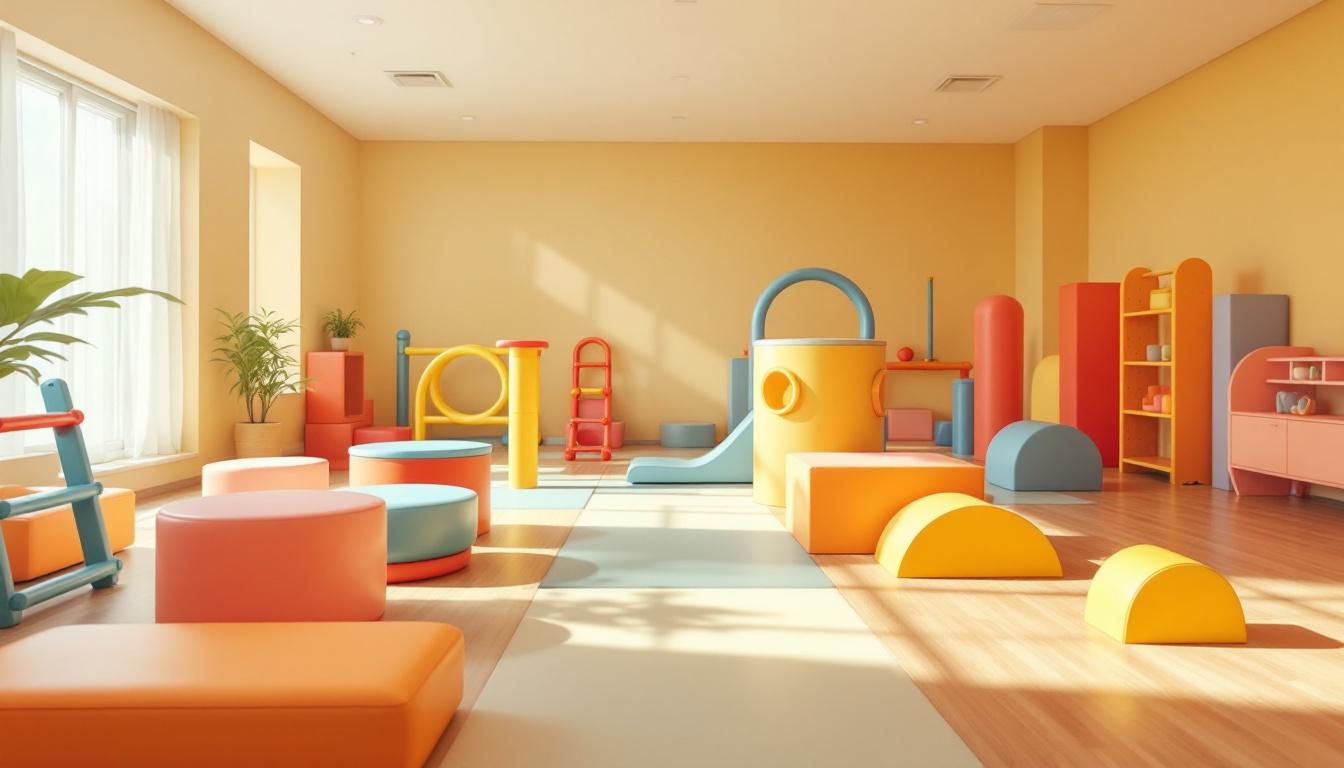

Understanding Occupational Therapy’s Role in Gross Motor Development
Occupational therapy (OT) plays a pivotal role in supporting children’s development of gross motor skills, which are essential for independence, social participation, and overall physical health. By employing evidence-based, play-oriented strategies, occupational therapists facilitate improvements in large muscle movements such as walking, jumping, and climbing—movements fundamental to childhood exploration and learning. This article explores the techniques used, benefits, and outcomes of occupational therapy interventions aimed at strengthening gross motor movements in children.
The Core Components and Development of Gross Motor Skills
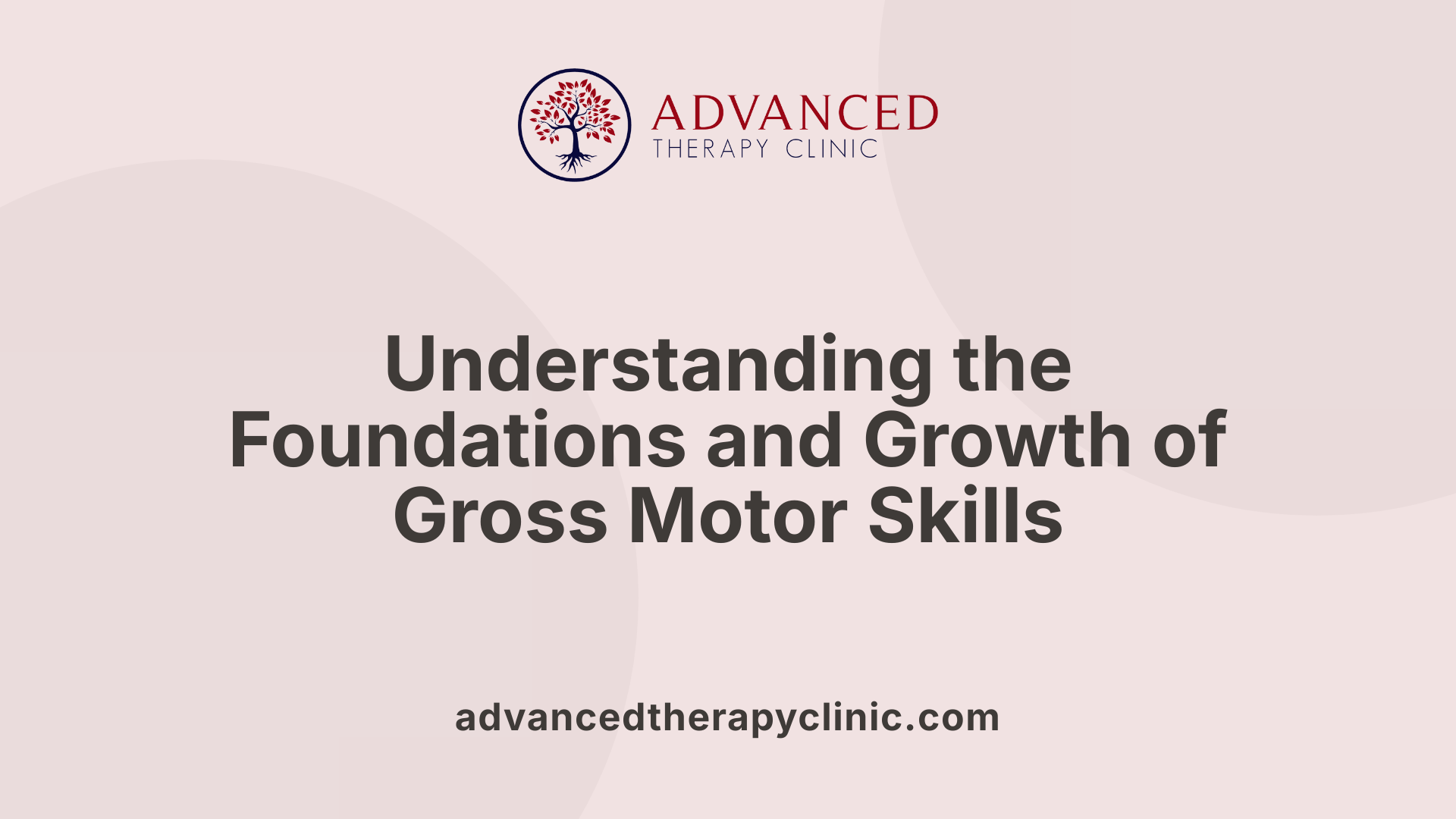
What role does occupational therapy play in improving gross motor skills in children?
Occupational therapy is essential in helping children develop and refine their gross motor skills, which involve large movements of the whole body such as walking, jumping, running, and climbing.
Therapists use engaging, play-based activities tailored to each child's needs, focusing on improving muscle strength, balance, coordination, and motor planning. They often incorporate obstacle courses, sensory stimulations, and tasks like hopping or crawling, which promote large muscle development and movement control.
Children with developmental delays or motor coordination difficulties benefit significantly from these interventions. Occupational therapists break down complex movements into manageable steps, gradually increasing difficulty to build confidence and competence.
Research supports that evidence-based methods, including neuromotor task training and goal-oriented play, can lead to meaningful improvements in gross motor skills.
By enhancing balance, strength, and coordination, occupational therapy enables children to meet developmental milestones such as running, jumping, and climbing. These skills are crucial for their participation in sports, physical activities, social interactions, and independence in daily routines.
Overall, occupational therapy helps children not only develop fundamental gross motor abilities but also enhances their confidence, safety, and enjoyment in movement, supporting broader physical, social, and emotional growth.
Effective Techniques and Play-Based Strategies in Occupational Therapy
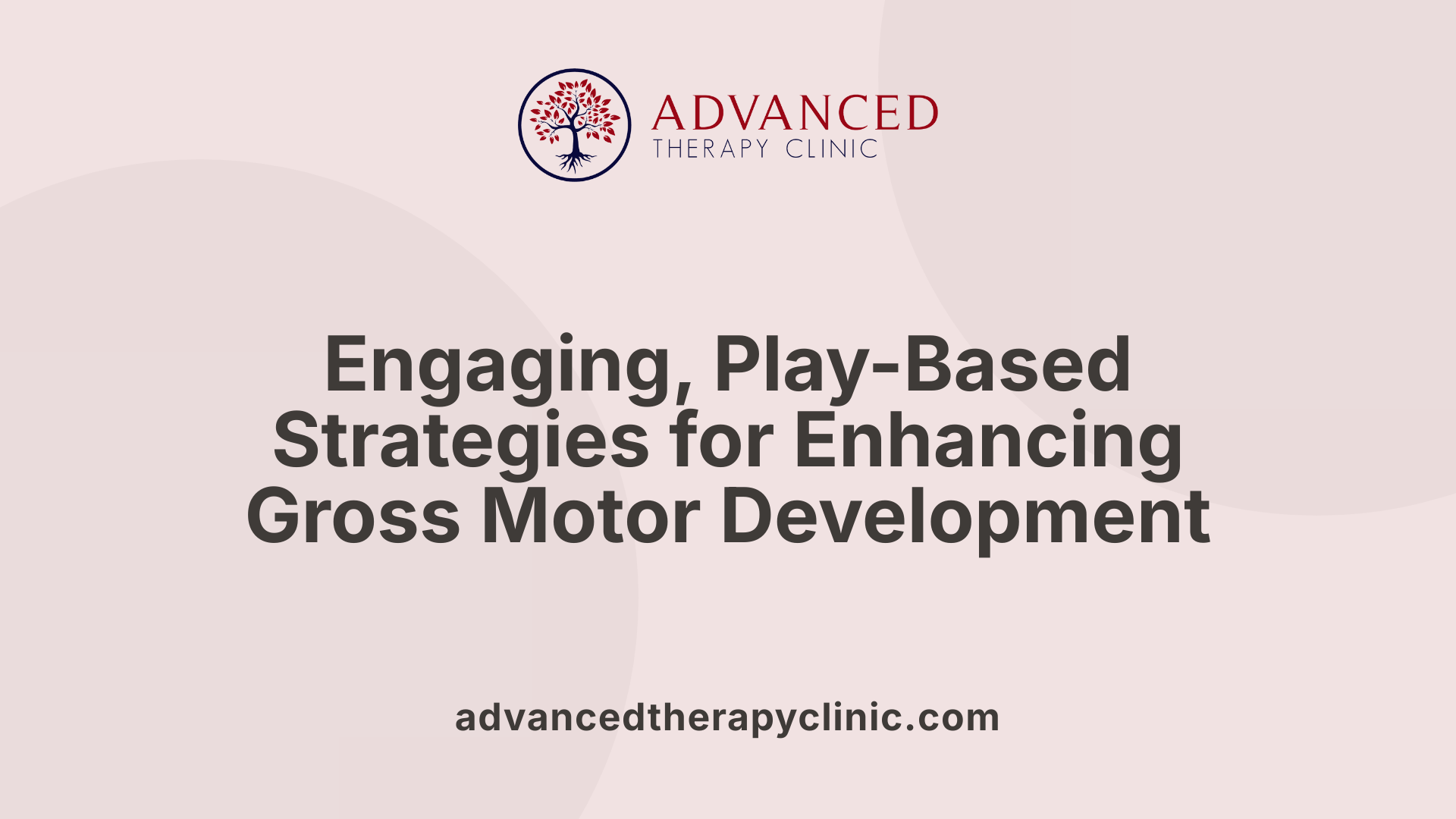 Occupational therapy for young children emphasizes fun, engaging activities that promote gross motor development. These techniques include a variety of play-based exercises designed to strengthen large muscle groups and improve movement coordination. For example, obstacle courses are often used to challenge children’s balance and agility, encouraging them to crawl, climb, jump, and navigate various physical challenges.
Occupational therapy for young children emphasizes fun, engaging activities that promote gross motor development. These techniques include a variety of play-based exercises designed to strengthen large muscle groups and improve movement coordination. For example, obstacle courses are often used to challenge children’s balance and agility, encouraging them to crawl, climb, jump, and navigate various physical challenges.
Activities like animal walks—such as bear crawls, frog jumps, and crab walks—enhance muscle strength, body awareness, and coordination. Jumping activities, including jumping jacks, hopscotch, and leaps over objects, serve to develop explosive leg power and balance. Ball games such as catching, kicking, and tossing help improve hand-eye coordination and timing.
Equipment plays a critical role in making exercises effective and enjoyable. Trampolines, balance boards, therapy balls, and stilts are commonly used to challenge balance, strengthen core muscles, and foster sensory integration. These tools add variety and excitement while targeting motor skills.
Sensory activities are also integral, supporting body awareness and movement. Crawling through tunnels, rolling on the ground, and resistance exercises with stretchy bands help children enhance proprioception and spatial orientation.
Play remains at the heart of therapy. Dance, outdoor games, and participation in community sports not only make therapy sessions lively and entertaining but also improve motivation and social skills. Incorporating these activities ensures that children develop gross motor skills in real-life, meaningful contexts.
Overall, occupational therapy’s hands-on, playful approach effectively nurtures foundational gross motor abilities. These skills underpin children's confidence, independence, and ongoing physical development, setting the stage for success in daily activities and future learning.
Benefits and Outcomes of Occupational Therapy Interventions
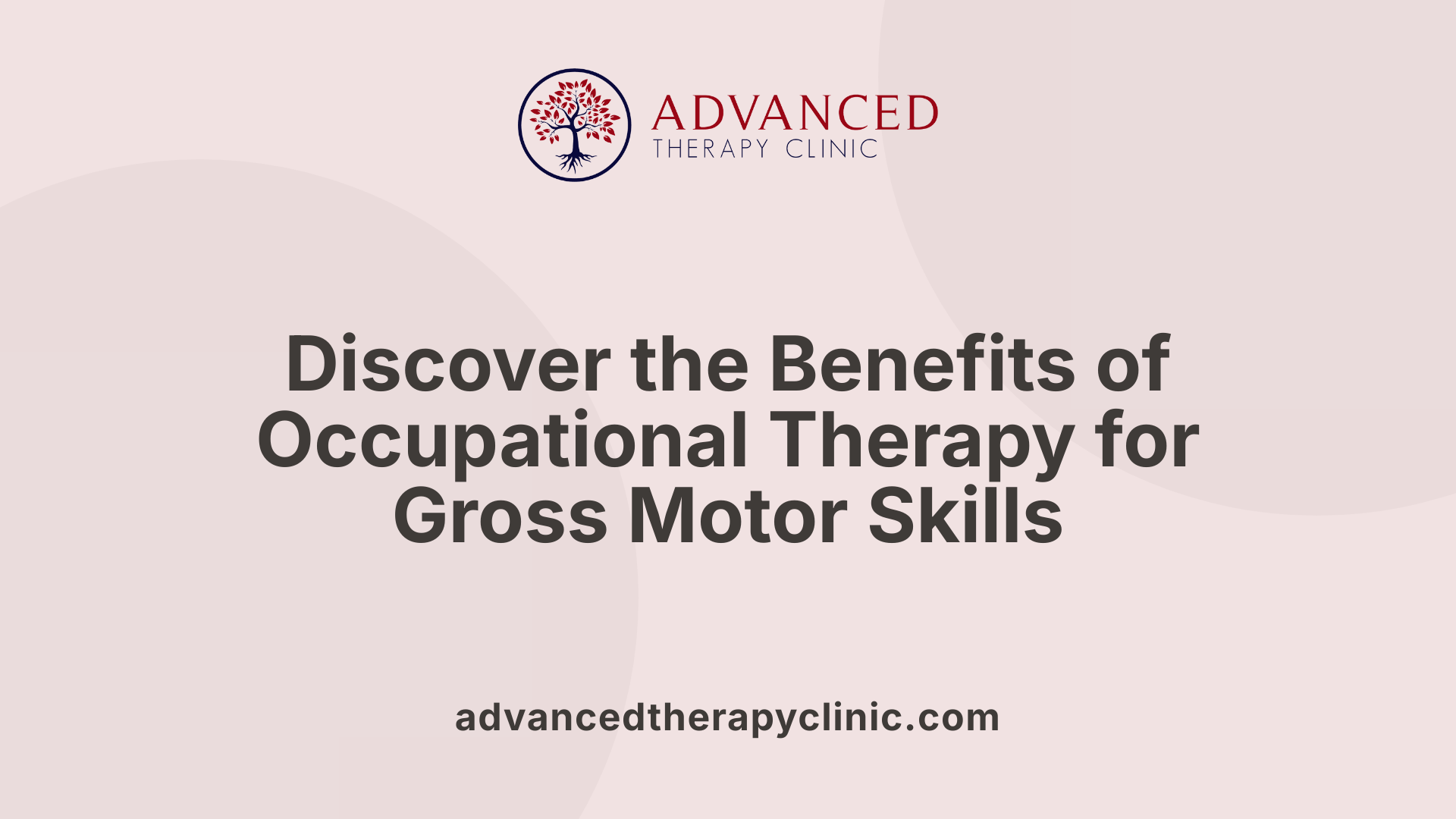
What are the benefits of occupational therapy for gross motor development?
Occupational therapy offers a wide range of advantages for children’s gross motor skills. It focuses on improving fundamental abilities such as balance, coordination, muscular strength, and body awareness. These improvements are essential for accomplishing important developmental milestones including crawling, walking, running, and jumping.
Through engaging, play-based exercises and sensory activities, therapy helps children develop core stability and muscle control. This progress enables kids to participate more confidently in physical activities like sports, outdoor play, and everyday tasks such as climbing stairs or riding a bike.
Early intervention is especially beneficial. For children with developmental challenges like ADHD, autism, or cerebral palsy, occupational therapy can address specific delays, helping them gain independence and improve their overall movement abilities. The structured, playful approach not only boosts physical skills but also enhances self-confidence and social interaction.
Overall, occupational therapy promotes a child's physical growth, confidence, and social participation, laying a foundation for long-term development and well-being.
Supporting Developmental Milestones and Addressing Motor Difficulties
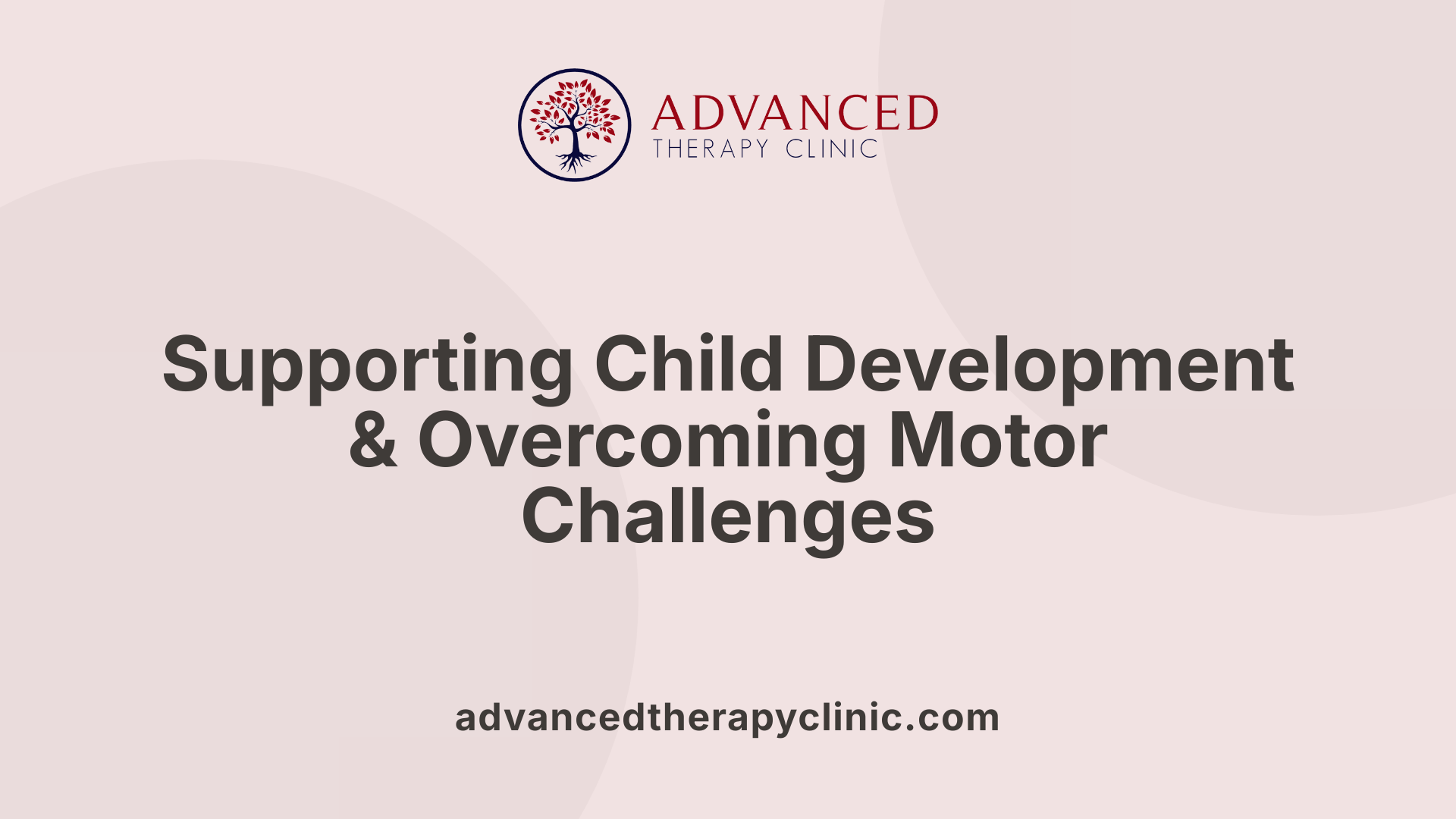
How does occupational therapy support developmental milestones related to gross motor movements?
Occupational therapy plays a crucial role in helping children achieve important gross motor milestones such as crawling, walking, jumping, and climbing. Therapists provide personalized, play-based activities that focus on strengthening large muscles, improving coordination, and enhancing balance.
These activities are carefully tailored to each child's developmental level and specific needs. For example, children may engage in obstacle courses, balance beam exercises, or movement games that promote physical skills in a fun and motivating way.
In addition to exercises, therapists make environmental modifications—like setting up safe, accessible spaces for activity—to encourage children to practice their gross motor skills.
Thorough assessments identify any delays due to neurological conditions, abnormal muscle tone, or developmental challenges. Based on the findings, therapists develop targeted strategies to help children progress at their own pace.
Sensory integration and body awareness are integrated into therapy plans, helping children develop the spatial and proprioceptive skills necessary for complex movements.
Overall, occupational therapy supports children not only in reaching their physical milestones but also in boosting their confidence, independence, and participation in daily activities and social play.
Evidence-Based Practices and the Effectiveness of Occupational Therapy
 Research indicates that structured, goal-oriented interventions in occupational therapy significantly enhance gross motor skills in young children. Systematic reviews and multiple studies have consistently shown improvements in coordination, balance, and visual-motor integration, which are crucial for daily activities like walking, jumping, and sports participation.
Research indicates that structured, goal-oriented interventions in occupational therapy significantly enhance gross motor skills in young children. Systematic reviews and multiple studies have consistently shown improvements in coordination, balance, and visual-motor integration, which are crucial for daily activities like walking, jumping, and sports participation.
Occupational therapy uses theories such as motor learning principles and neuromotor task training to design effective treatment plans. These strategies involve repetitive, meaningful activities that promote motor skill acquisition, often working closely with families to reinforce progress at home.
Positive results are observed not only in physical skills but also in increased participation, independence, and parental satisfaction. Children who receive targeted OT interventions tend to show better performance in tasks like climbing, running, and balancing, which directly contribute to greater confidence and social engagement.
Assessments using validated tools at baseline and post-intervention confirm these benefits, highlighting the importance of tailored, evidence-based practices in early childhood development. Overall, occupational therapy—grounded in motor learning theories and family-centered approaches—successfully supports gross motor development, laying a foundation for further motor and functional growth.
The Principles and Approaches Guiding Occupational Therapy
What educational principles guide occupational therapy in strengthening gross motor movements?
Occupational therapy (OT) for children focuses on core principles rooted in understanding how children develop motor skills and adapt through sensory processing, neuroplasticity, and functional activity engagement. It emphasizes recognizing typical developmental milestones—like sitting, crawling, walking, and jumping—and identifying delays or difficulties in components such as muscle tone, balance, proprioception, joint stability, motor planning, and bilateral coordination.
Therapists implement activities that improve muscle strength, coordination, postural control, and sensory integration. These include balance exercises, crawling, jumping, and obstacle courses, all tailored to the child's age and ability level to promote optimal development. For instance, a child may work on balance beam walking or ball catching to enhance coordination.
In addition to activity-based strategies, environmental modifications like providing supportive surfaces or visual cues, breaking down complex tasks into manageable steps, and utilizing assistive technology help children learn and transfer skills to daily routines. The overarching goal is to foster a child's independence, facilitate participation in school and social settings, and promote overall movement competence.
This systematic approach ensures interventions are age-appropriate, developmentally aligned, and customized to each child's specific needs, culminating in improved physical skills, confidence, and active engagement in everyday life.
Fostering Movement and Independence in Children
Occupational therapy's holistic, play-based, and individualized approach significantly influences children's gross motor development. By addressing specific challenges, utilizing evidence-based techniques, and involving families, therapy facilitates the attainment of crucial developmental milestones, improves physical confidence, and promotes greater participation in daily and recreational activities. Continued research and innovation in occupational therapy practices promise even greater effectiveness in supporting children’s movement skills, ultimately helping them lead active, confident, and independent lives.
References
- The Effect of a Short-Term Occupational Therapy Intervention on the ...
- [PDF] Children's Occupational Therapy GROSS MOTOR SKILLS Gross ...
- Interventions Within the Scope of Occupational Therapy Practice to ...
- How occupational therapists help kids who struggle with motor skills
- The Benefits of Occupational Therapy for Children with ... - Cortica
- Occupational Therapy and Children: Benefits of Having OTs in ...
- Enhancing Gross Motor Skills through OT
- Improving Motor Skills in Early Childhood through Goal-Oriented ...
- Gross Motor Activity Training | Treatment | Services - OT for Kids
- How Occupational Therapy Helps Kids Gain Independence
Recent articles
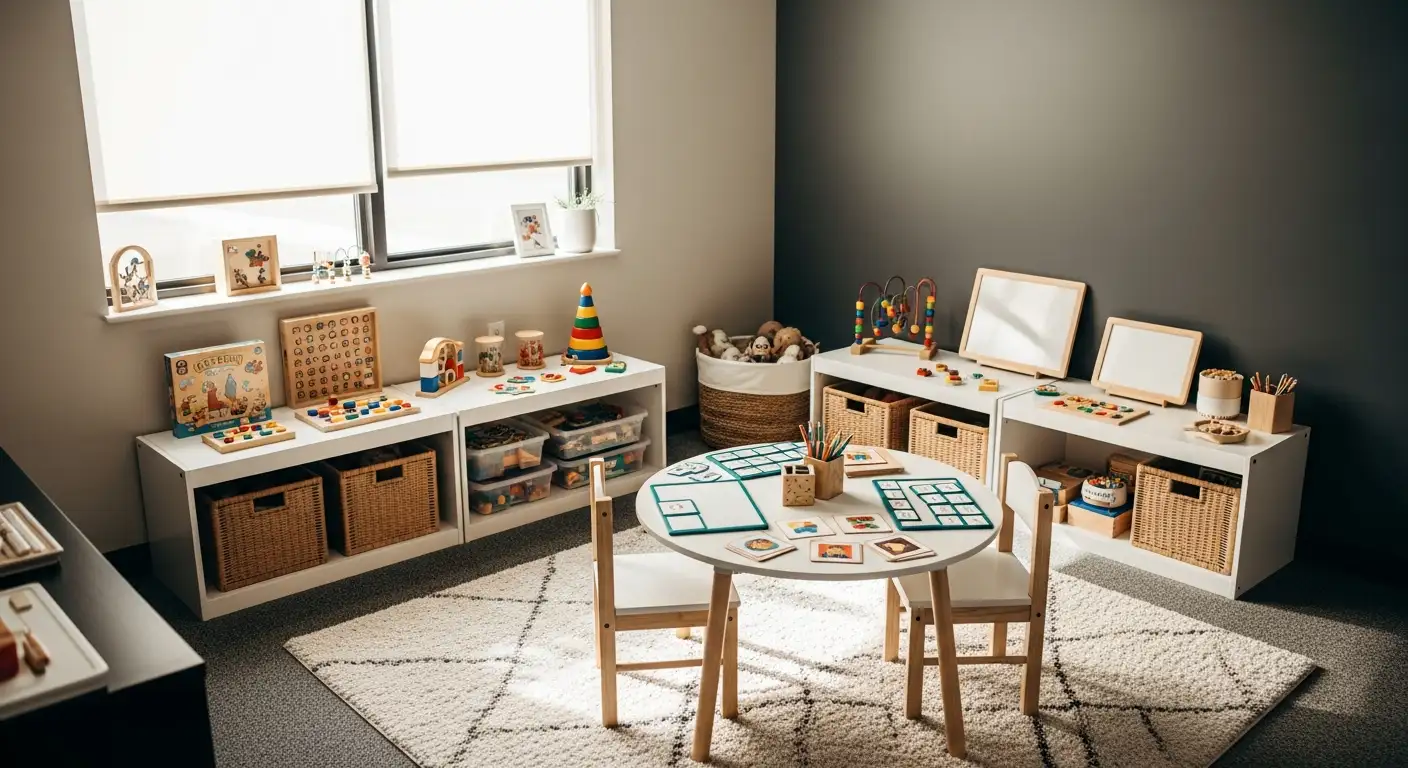
Expressive Speech Delay 2-Year-Old
Understanding and Addressing Expressive Speech Delay in Toddlers

How Speech Recognition Works
Unlocking the Power of Speech Recognition in Therapy and Healthcare

Autism and Head Size
Understanding the Complex Relationship Between Autism and Head Size
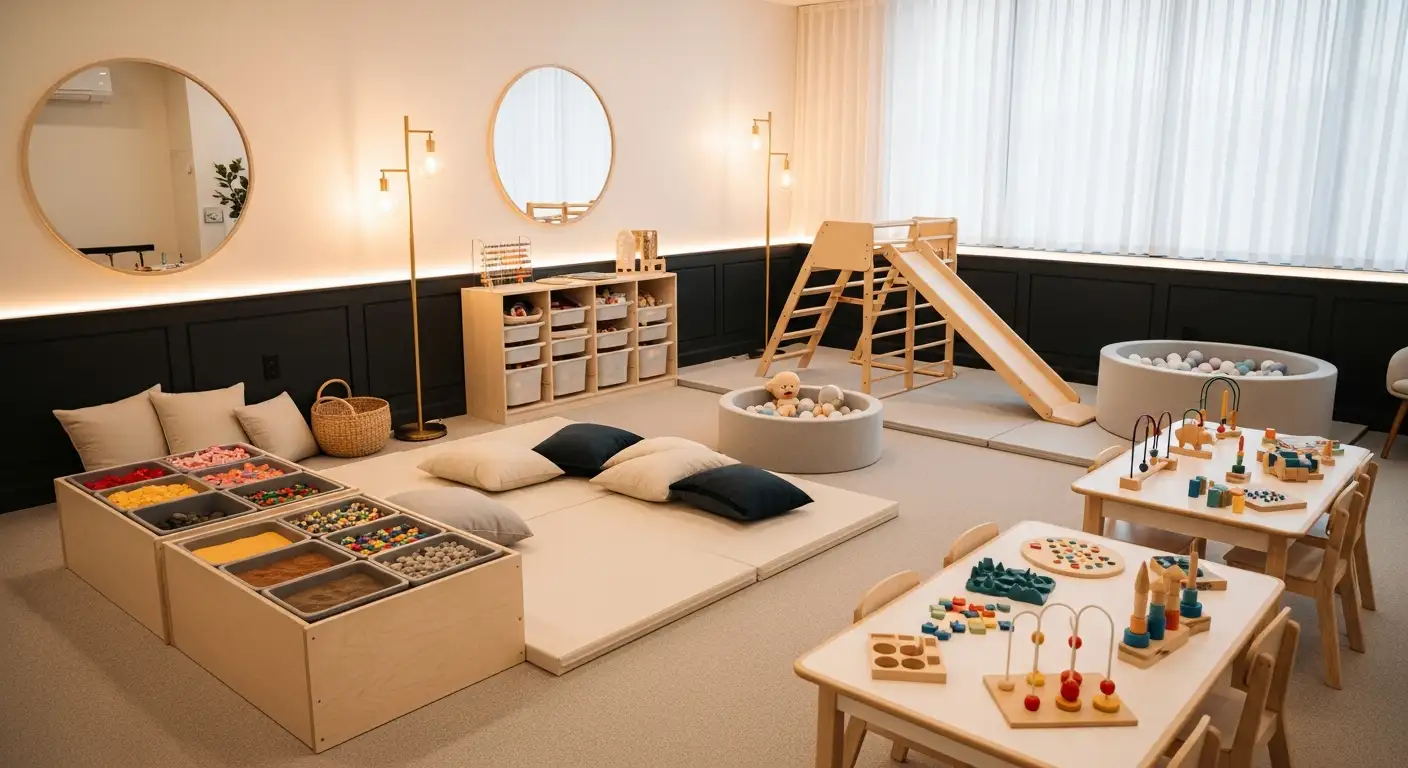
Occupational Therapy in Autism
Enhancing Independence and Quality of Life Through Occupational Therapy in Autism

Do Autistic People Understand Sarcasm?
Navigating the Nuances: Understanding Sarcasm and Social Communication in Autism

Autism Routines
Crafting Effective Daily Structures for Children with Autism

